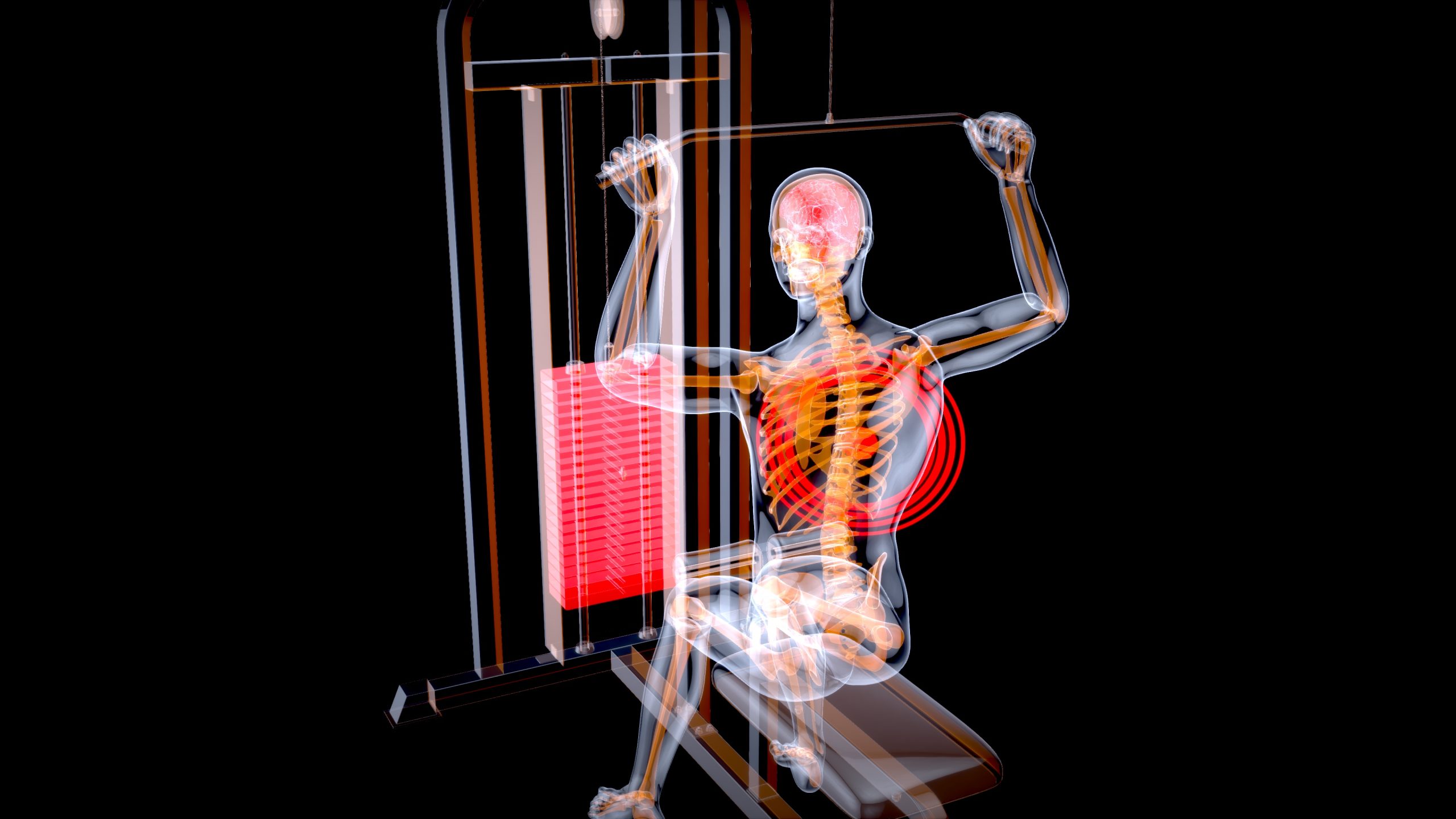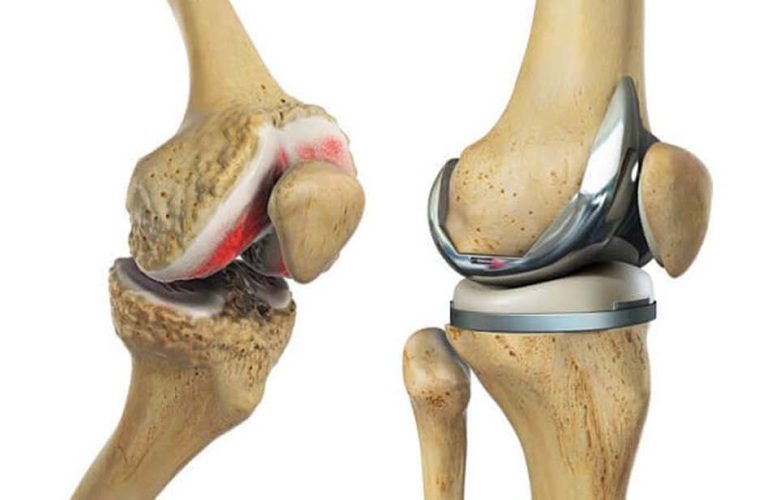Spinal Fusion in Athletes: Returning to Peak Performance Safely
For athletes, the spine serves as more than just a structural framework; it’s the core of their physical abilities. When a spinal injury strikes, the consequences can be profound. Spinal fusion surgery emerges as a common recourse for athletes confronting severe spinal ailments. However, the decision to undergo such a procedure entails profound implications for their careers. The process of recuperation involves not only physical rehabilitation but also psychological fortitude. Athletes must navigate a meticulous journey of recovery, often with the guidance of medical experts and rehabilitation specialists. With perseverance and dedication, they gradually rebuild their strength and mobility, striving to regain their former peak performance levels. The road to reclaiming athletic prowess post-surgery is arduous, demanding unwavering commitment and patience, yet it offers hope for a return to the arena they cherish.
Understanding Spinal Fusion Surgery
Spinal fusion surgery is a complex procedure designed to enhance spinal stability by fusing adjacent vertebrae using bone grafts and metallic implants. By eliminating motion between the vertebrae, this surgery aims to mitigate discomfort stemming from various conditions, including herniated discs, spinal stenosis, and fractures. During the procedure, surgeons access the spine through an incision, remove damaged discs or bone tissue, and insert bone grafts to facilitate fusion. Metal hardware such as rods, screws, or plates may also be employed to hold the vertebrae in place while fusion occurs. Over time, the body naturally integrates the bone grafts, promoting the fusion process and ultimately reinforcing spinal stability. Despite its effectiveness in relieving pain and improving functionality, spinal fusion surgery necessitates careful consideration of potential risks and benefits, with post-operative rehabilitation often playing a crucial role in ensuring successful outcomes.
Rehabilitation Process for Athletes
Recovering from spinal fusion surgery is paramount for athletes, requiring a personalised rehabilitation regimen aligned with their unique needs and athletic aspirations. Initially, emphasis lies on pain alleviation, introducing gentle movements, and methodically enhancing strength and flexibility. This process demands meticulous oversight, with physical therapists assuming a pivotal role in navigating athletes through each stage. They meticulously tailor exercises, monitor progress, and modify strategies as needed, fostering a safe and efficient recovery trajectory. As athletes gradually regain mobility and prowess, therapists adjust the program to accommodate advancing capabilities while maintaining a focus on preventing setbacks. Through this collaborative effort, athletes can reclaim optimal functionality and confidently return to their respective sports, armed with newfound resilience and a fortified spine.
Risks and Challenges for Athletes
Spinal fusion surgery presents a viable option for alleviating discomfort, yet it carries inherent risks, particularly for athletes whose physical demands are intense. Among potential complications are infections, unsuccessful fusion, nerve impairment, and diminished range of motion. Athletes, being especially susceptible, must grasp these hazards thoroughly and collaborate closely with their medical practitioners to minimise them. Vigilant preoperative assessment and meticulous postoperative care are paramount. For athletes, preserving optimal function and performance hinges on comprehensive rehabilitation strategies tailored to their specific needs. Monitoring for signs of infection or fusion failure, alongside diligent adherence to prescribed protocols, can enhance recovery outcomes. Furthermore, fostering open communication between athletes and healthcare providers fosters a supportive environment for addressing concerns and optimising recovery. Ultimately, informed decision-making and a proactive approach to managing risks can help athletes navigate the challenges associated with spinal fusion surgery and facilitate a successful return to their athletic pursuits.
Returning to Intensive Training Safely
Returning to intensive training after spinal fusion surgery is a meticulous process demanding patience, diligence, and expert supervision. Athletes must methodically escalate workout intensity and duration, attuned to their body’s cues. Employing cross-training and low-impact exercises is vital, alongside meticulous attention to technique, to alleviate strain on the spine and forestall the likelihood of reinjury. A gradual approach, under professional guidance, is imperative, allowing the body to adapt and strengthen progressively. Rushing or disregarding warning signs can jeopardise recovery and lead to setbacks. Each step forward necessitates cautious evaluation and adjustment, ensuring that the spine is fortified without undue stress. With a balanced regimen and vigilant monitoring, athletes can navigate post-surgery training effectively, optimising rehabilitation outcomes and safeguarding long-term spinal health.
Psychological Support During Recovery
The process of recuperation following spinal fusion surgery can be a daunting mental journey for athletes. The spectre of potential reinjury looms large, compounded by the frustration stemming from any setbacks encountered and the uncertainty surrounding the restoration of peak performance levels. Such challenges can significantly impact their mental health and overall well-being. In this context, psychological support assumes paramount importance. Counselling sessions tailored to their specific needs and access to sports psychology services can serve as invaluable tools in assisting athletes in navigating through these turbulent waters. By equipping athletes with strategies to cope effectively, fostering resilience, and nurturing a positive mindset, these interventions play a pivotal role in facilitating a smoother recovery trajectory. Ultimately, this holistic approach not only aids in physical rehabilitation but also bolsters mental fortitude, ensuring athletes emerge from this journey stronger and more resilient than before.
Long-Term Considerations for Peak Performance
Achieving optimal performance after spinal fusion surgery demands a comprehensive, long-term approach. Athletes must prioritise spine health by maintaining a regimen of proper nutrition, hydration, and ample rest, while diligently monitoring their condition. Adjusting training routines, modifying techniques, and integrating preventive measures become essential strategies to safeguard against potential future spinal issues. Emphasising holistic well-being, athletes should work closely with healthcare professionals to tailor rehabilitation programs and ensure gradual, sustainable progress. By committing to these measures, athletes not only enhance their physical resilience but also cultivate mental resilience, fostering a balanced and enduring athletic career. This proactive stance towards spine health not only facilitates recovery but also empowers athletes to excel in their respective sports while mitigating the risk of re-injury.
Conclusion: Achieving Optimal Performance After Spinal Fusion
Spinal fusion surgery poses distinctive hurdles for athletes, demanding a meticulous strategy for their safe return to peak performance. A comprehensive grasp of the surgical procedure is essential, alongside unwavering dedication to rigorous rehabilitation protocols. Acknowledging potential risks is crucial, as is placing paramount importance on maintaining long-term spine health. Through steadfast perseverance, bolstered by robust support systems, athletes can surmount obstacles and flourish in their respective sports. By adopting a holistic approach to well-being, encompassing physical, mental, and emotional aspects, they can attain optimal performance levels. In doing so, athletes not only showcase their resilience and determination but also serve as a beacon of inspiration for others facing similar challenges.
![]()




